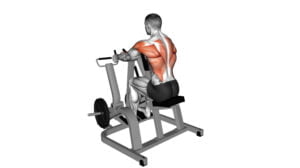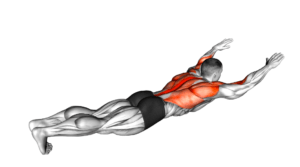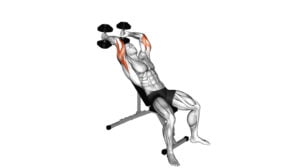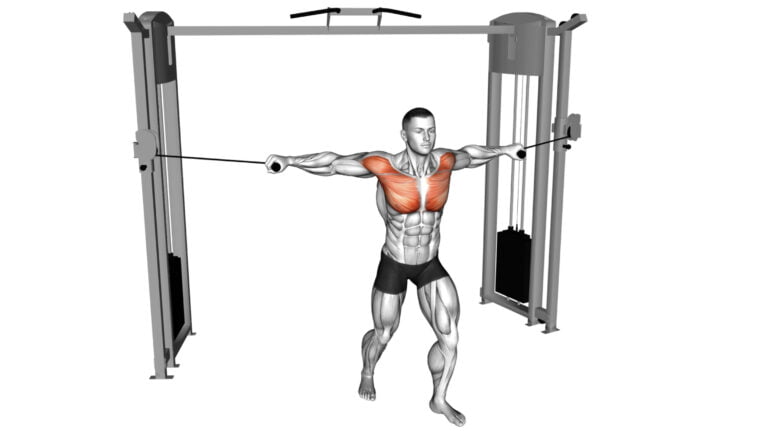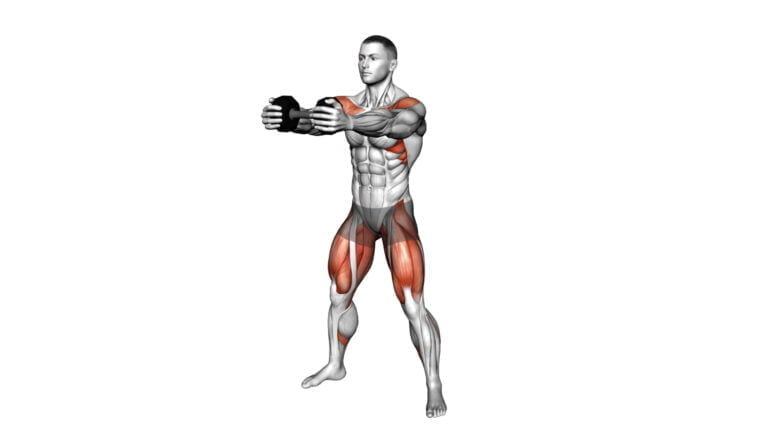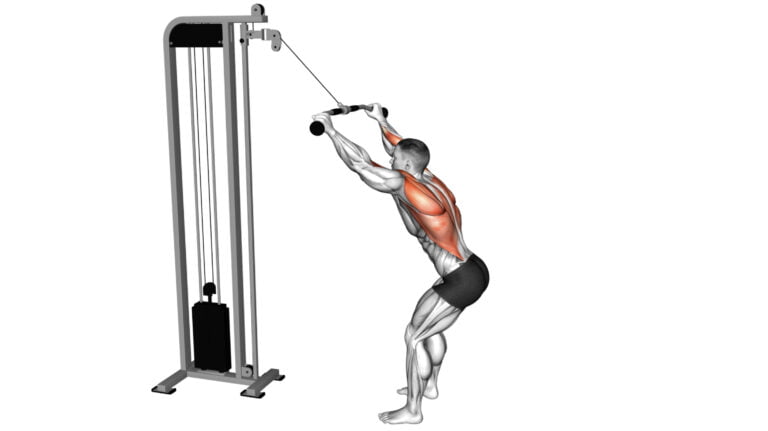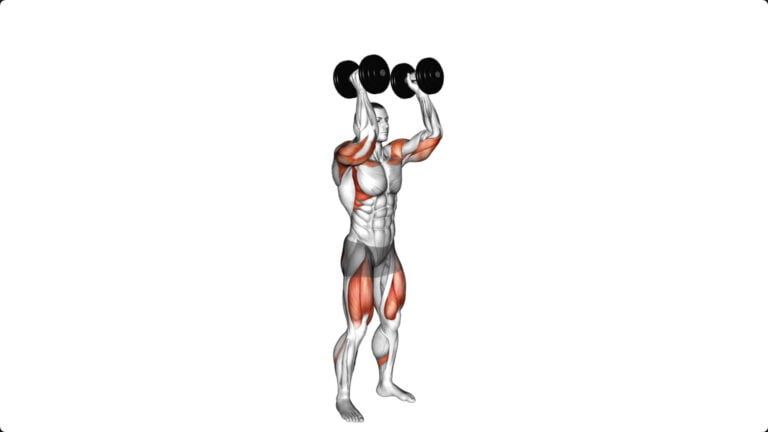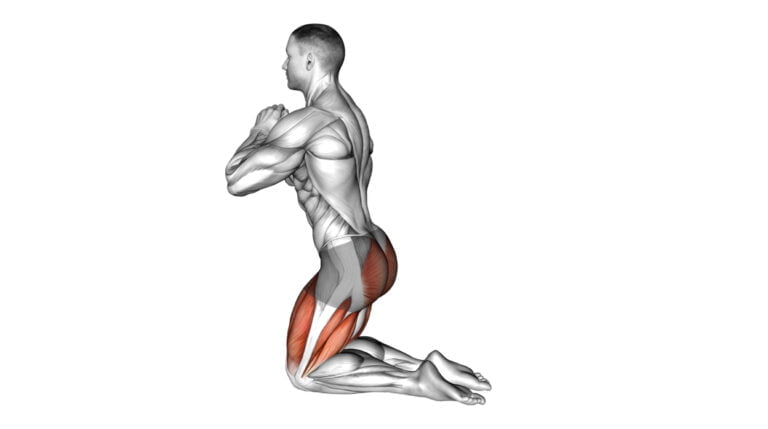How Many Kj is a Good Workout? Discover the Magic Number!
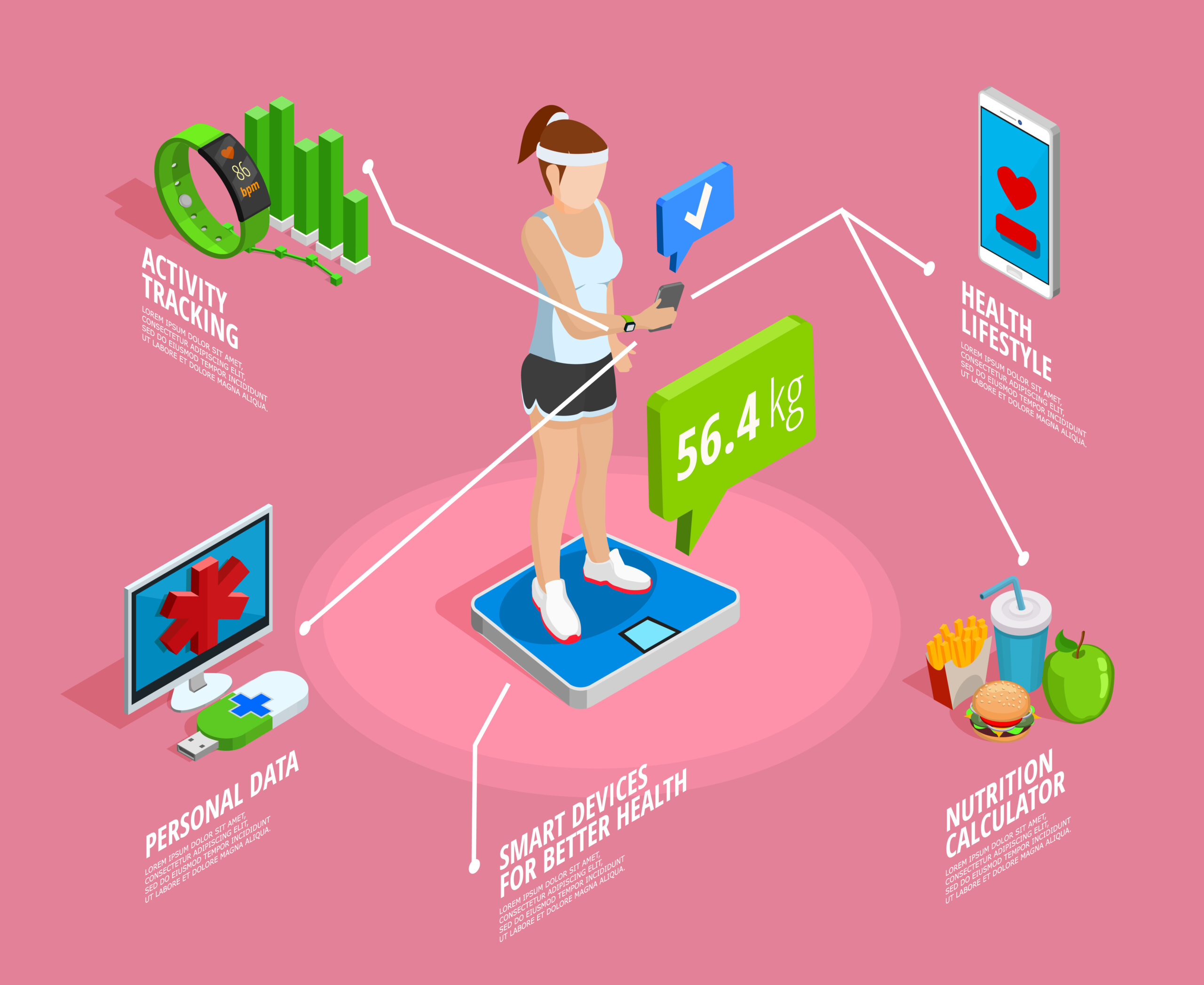
Figuring out how many kilojoules (kJ) to burn during a workout can be tricky. There’s a lot of advice out there, but not all of it is easy to follow or even correct. Here’s something you might find helpful: the average person should aim to use about 1,200 kJ in a moderate 30-minute exercise session.
This article will dig into what that means for your workouts and how you can hit or surpass this goal consistently.
I’m Serg Bayracny—and I’ve spent over a decade helping people get fit and stay healthy through smart nutrition and effective exercise plans. With my background in physical education and as a certified personal trainer, I know what it takes to design workouts that are not just challenging but also tailored for weight loss or muscle gain according to your needs.
Ready to learn more? Let’s explore how many kj is a good workout together.
Key Takeaways
- Aiming for about 1,200 kJ in a moderate 30 – minute workout is a good target for most people.
- The amount of energy you need to burn depends on your physical activity, body composition, life stage, and if you’re trying to lose weight.
- Using apps or devices like MyFitnessPal or Fitbit can help track how many calories you burn during different exercises.
- For weight loss, it’s important to eat fewer kilojoules than your body uses. Making lifestyle changes like eating healthier foods and being more active helps reach this goal.
- Different workouts burn different amounts of kilojoules; for example, HIIT can burn between 1,200 to 4,000 KJ while yoga may only use up about 200 to 350 KJ.
Understanding Kilojoules
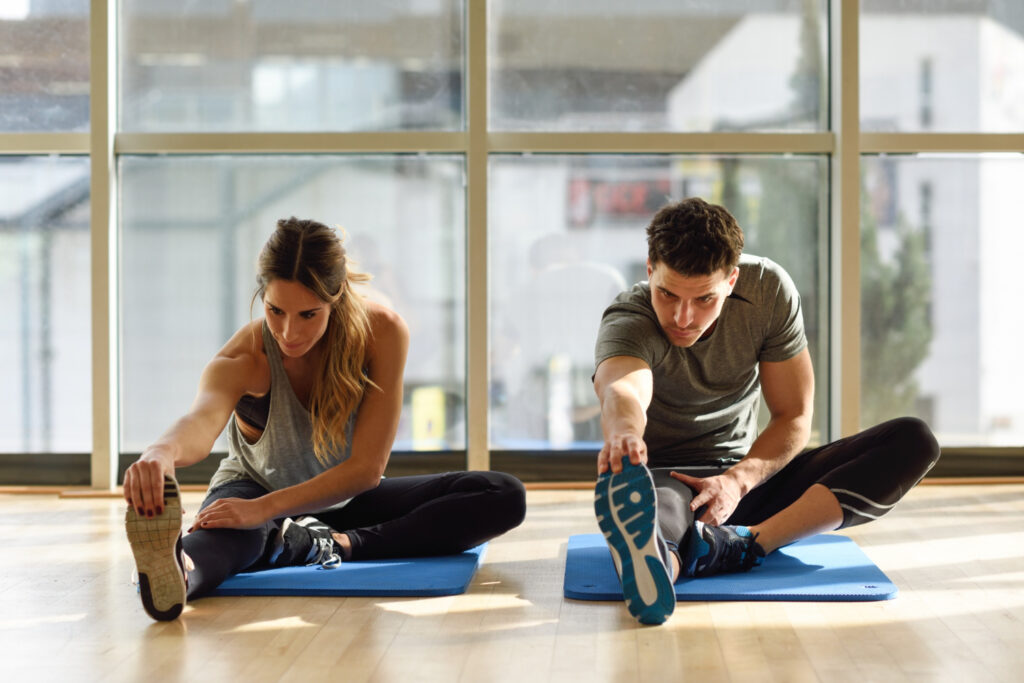
Kilojoules measure the energy your body uses and needs. Think of them as fuel for everything you do, from breathing to lifting weights. For bodybuilders, knowing about kilojoules helps plan workouts and meals.
It’s like having a map that shows how much fuel you need to reach your goals.
So, how many kj is a good workout? This depends on many things like your weight goals and exercise type. Energy in food gives us kilojoules, but we also burn them during the day. Activities like cycling or lifting can use lots of kilojoules.
Keeping track of this helps you stay on top of your game and meet fitness targets faster.
Factors Influencing Kilojoule Requirements

Different things change how many kj you need. Your workouts, body stuff, life phase, and if you’re trying to lose weight play big parts.
Physical activity
Physical activity plays a huge role in how many kilojoules you burn. For bodybuilders, lifting weights is key. This type of exercise burns calories during and after the session. It’s not just about the time spent working out but also the energy your muscles use to recover.
Different activities burn different amounts of energy.
For me, a typical day involves heavy lifting and some cardio. I notice my energy needs go up on these days. My body uses more fuel to heal and grow stronger muscles.
“The harder you work, your body uses more fuel.”
Tracking workouts helps see how much work you do. Apps like MyFitnessPal or wearable tech like Fitbit can show you how many calories burned cycling or running compared to weightlifting sessions.
Eating enough food with the right nutrients is important too, so your body has what it needs for big gym days.
Body composition
Body composition plays a big part in how many kilojoules you should burn. It’s all about your muscle mass and body weight. As a bodybuilder, you know muscles burn more calories than fat does.
This means the more muscle you have, the more energy your body uses to keep going throughout the day. I’ve seen this firsthand with clients who focus on building muscle—they end up burning kilojoules just by being.
Every person’s ideal number of kilojoules needed varies. It depends on their current muscle-to-fat ratio and their goals for changing it. If you’re aiming to bulk up or slim down, knowing your own body composition is key.
Next, let’s talk life stage and its role in shaping your workout needs.
Life stage
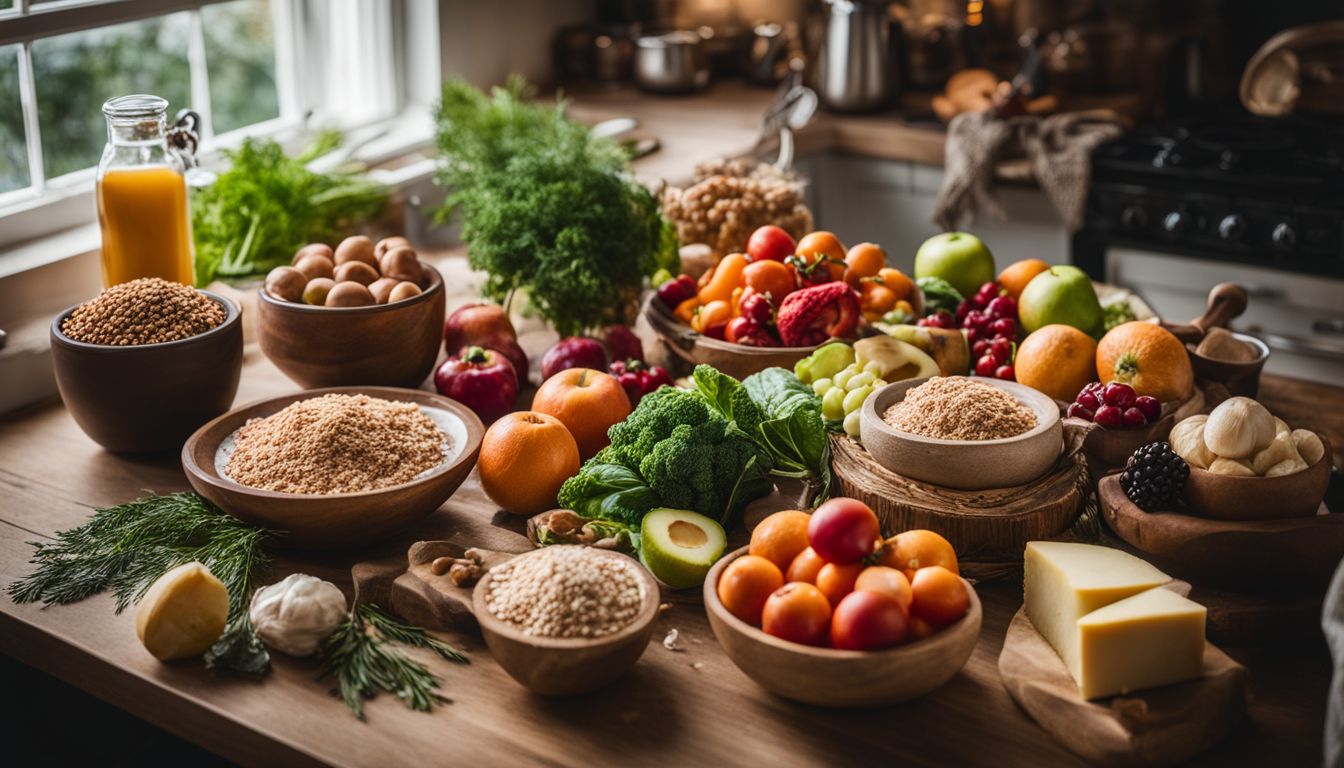
Your body and needs change as you grow older. Young lifters may need more energy to keep up with growing muscles and activities. Adults might focus on maintaining their muscle mass while managing daily energy with less food.
Then, people in later years often require fewer kilojoules but still need nutrient-rich options to stay healthy. These changes affect how many kilojoules you should burn and eat.
Weight loss adds another layer to this puzzle. It demands eating fewer kilojoules than your body uses for energy, meaning the right amount varies at different life stages too. Next, we’ll see how calculating daily kilojoule needs can help manage weight effectively.
Weight loss
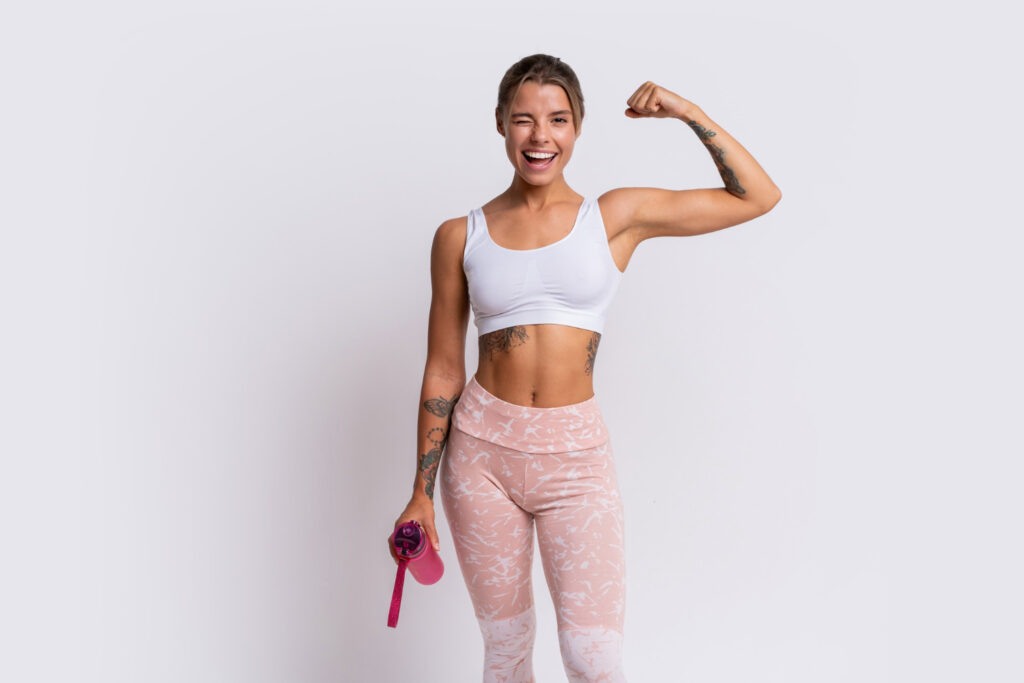
Life stage plays a big role, and so does aiming to shed pounds. For bodybuilders looking to slim down, burning more kilojoules than you take in is key. This may sound simple, but it involves a mix of the right food and hard workouts.
To hit weight loss goals, track how many kilojoules (KJ) you eat and compare that to what you burn through exercise. You want to create a gap where you’re using up more than you consume.
“The secret to weight loss isn’t just counting calories—it’s making sure every calorie counts.”
Choosing heavy lifting or intense gym sessions helps bump up the number of kilojoules torched during each workout. Eating foods low in KJ but high in nutrients supports muscle repair without adding extra fat.
Sustainable weight loss comes from striking this balance daily. Aim for gradual changes rather than quick fixes for long-term success.
Calculating Kilojoule Needs per Day
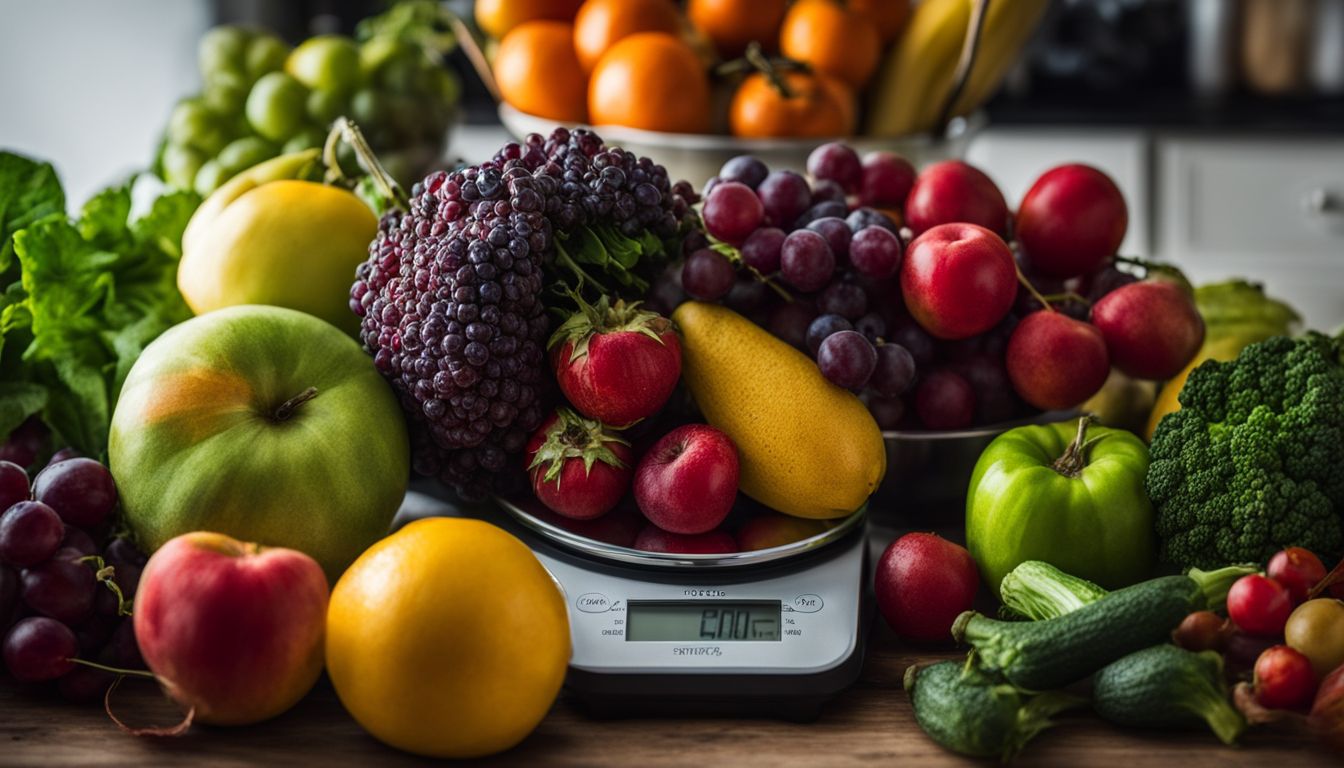
To figure out how many kj you need each day, start with your goal. Are you trying to keep your weight or change it? Bodybuilders often need more energy because their workouts are tough and they have more muscle to feed.
Muscle burns more energy than fat, even when you’re just sitting around. So, if you’re building muscle, expect to eat more.
You also should think about things like how active you are in general and what stage of life you’re in. Younger people sometimes need more energy. There’s a formula that can help—take your current weight and multiply it by a number that matches your activity level.
For someone who is very active, this might be higher. This gives you a starting point in kilojoules per day to either maintain or reach your ideal body size. It’s smart to check with an expert like a dietitian too; they can give advice tailored just for you.
Determining Kilojoules in Food and Drink

Figuring out how many kilojoules are in the foods and drinks you consume can seem like a puzzle. Think about reading labels on food packages or menus at restaurants. They often tell you the kilojoule content for each serving.
Use this info to decide if something fits into your daily energy needs. As a bodybuilder, I always keep an eye on my intake and expenditure of energy during meals and workouts. It helps me balance what I eat with how much kj is a good workout to maintain muscle while losing fat.
For deeper insights, I sometimes use apps that track nutrition details of foods not labeled, like fresh fruits or homemade meals. These tools make it easy to log what I eat and drink every day so I can see if I’m getting too much or too little energy for my body’s demands.
Making small changes, such as choosing leaner cuts of meat or swapping soda for water, significantly impacts maintaining a healthy weight – vital for anyone trying to reach their fitness goals efficiently.
Kilojoule Burn for Weight Loss

Losing weight means you need to burn more kilojoules than you eat. For bodybuilders, this is key. A good workout can burn a lot of energy. I’ve seen it in my own training and with those I coach.
You aim to use up more energy during the day than what comes from your food and drinks.
To understand how many kj is a good workout, think about your goals and how active you are all day, not just during exercise time. Every move counts towards burning kilojoules – lifting weights, running, even walking around the gym adds up.
Next up: How do we approach weight loss in a smart way?
How to Approach Weight Loss
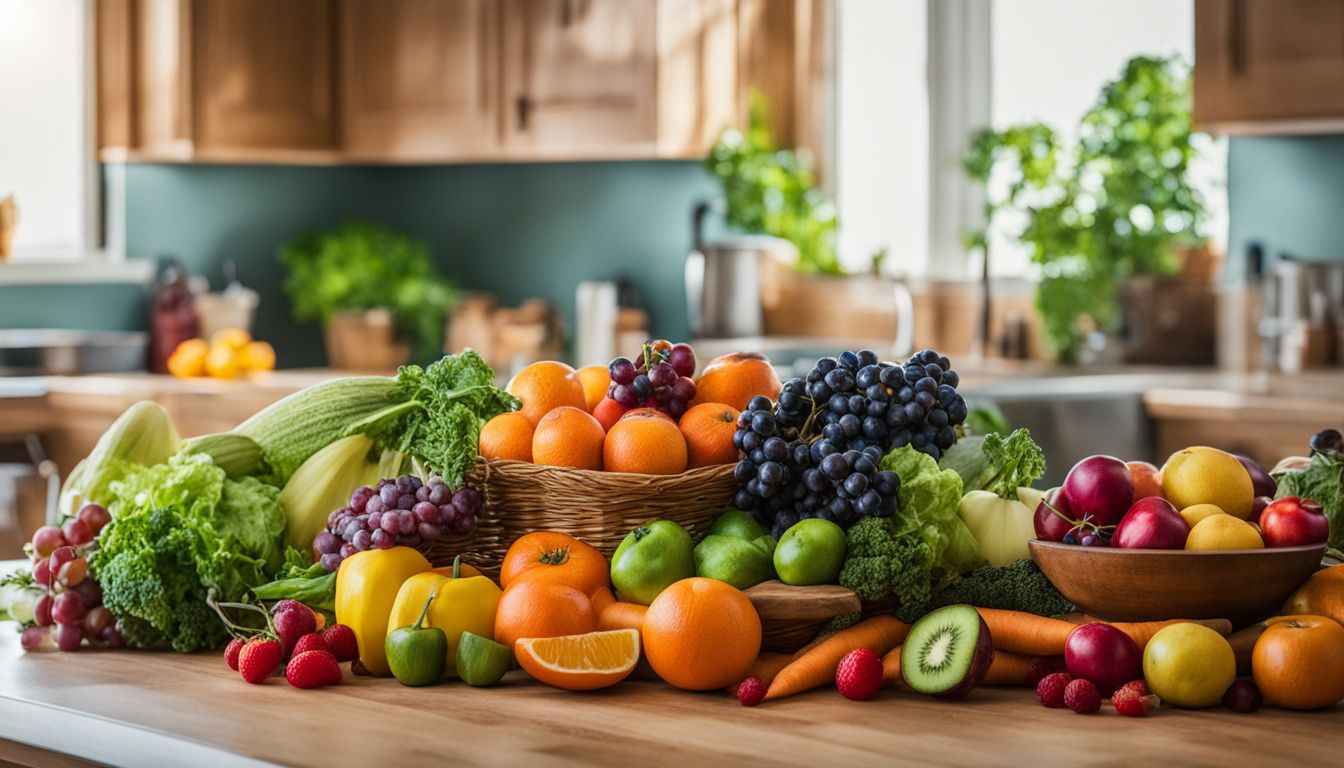
Losing weight starts with small steps. It’s all about eating less and moving more. To find out how many kj is a good workout, we must think about food as fuel and exercise as the way to use this fuel.
Simple changes in daily habits can lead to big results over time.
Lifestyle changes
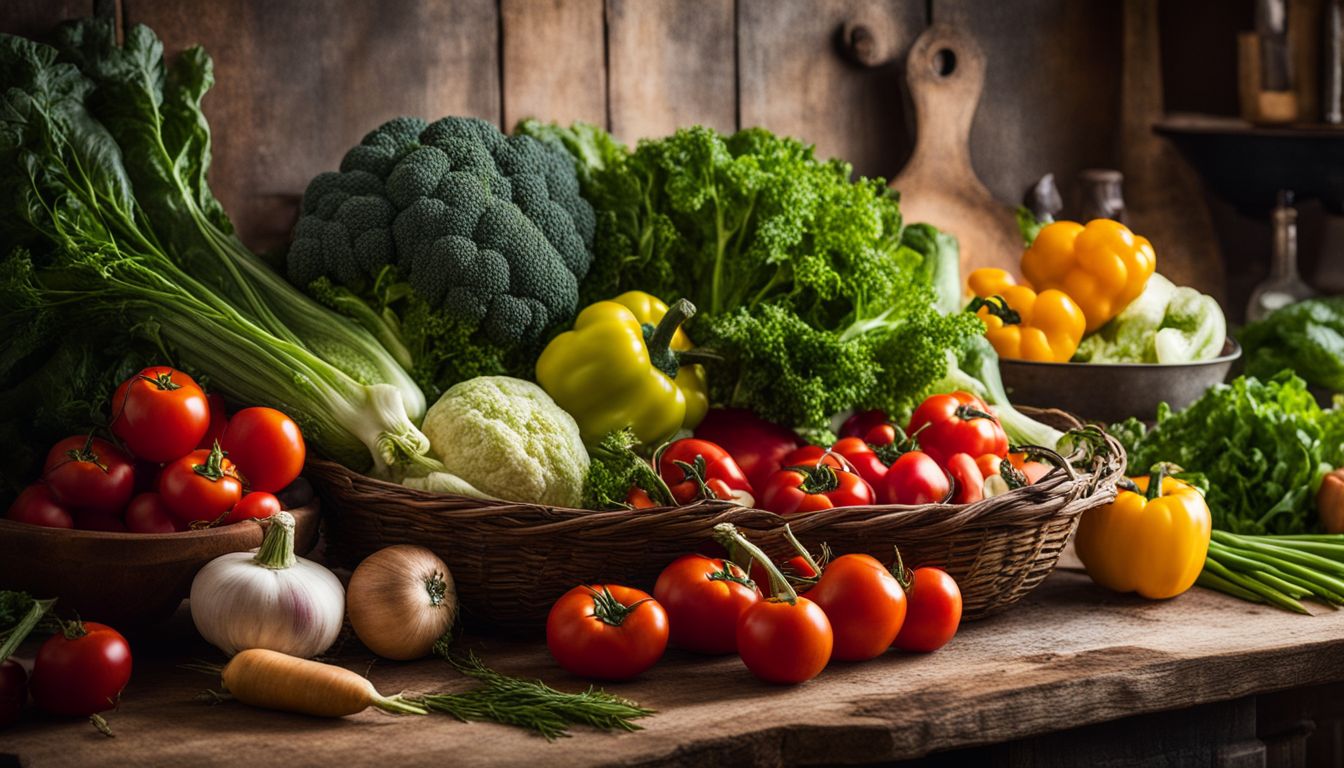
Lifestyle changes are key to reaching your weight goals. They help you burn more calories and maintain a healthy weight. Here’s what bodybuilders need to do:
- Eat foods low in energy but filling. Think veggies, fruits, lean meats, and whole grains. These foods have fewer kilojoules but keep you full.
- Drink water instead of sweet drinks. Water has zero kilojoules and helps your body work well.
- Sleep enough every night. Aim for 7 – 9 hours. Good sleep keeps your hunger hormones in check.
- Manage stress with activities like yoga or walking. Stress can make you eat more without noticing.
- Plan meals ahead to avoid choosing foods high in energy when hungry.
- Cut back on alcohol, which has many kilojoules that add up fast.
- Swap sitting for moving whenever you can. Stand while talking on the phone or take walks during breaks.
- Keep track of what you eat and how much you move using an app or journal.
Making these changes bit by bit can make a big difference in how many kilojoules you burn each day and help you reach your fitness goals faster!
Holistic weight loss program
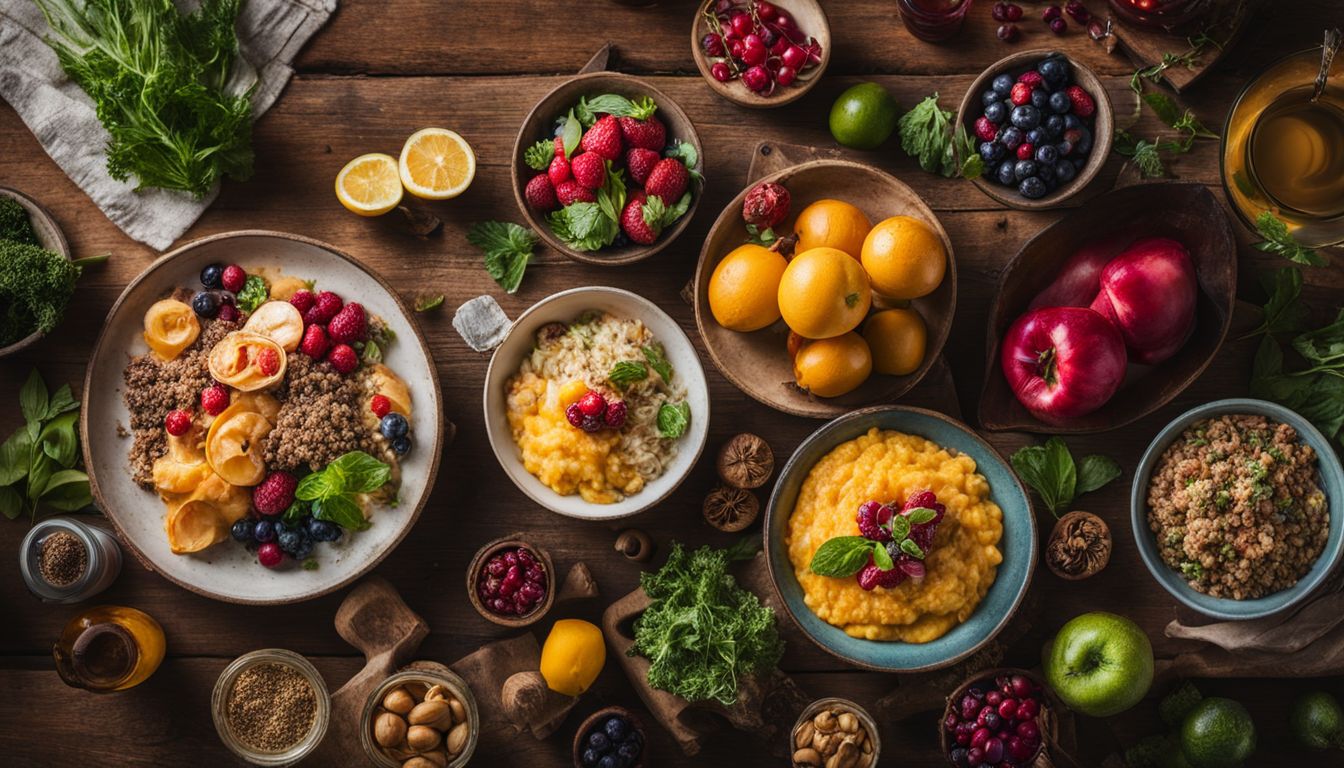
Moving from simple lifestyle tweaks, taking a more encompassing approach to shedding pounds is key. A holistic program for slimming down doesn’t just focus on the gym and cutting back on snacks.
It dives into all parts of your life. This means looking at what you eat, how active you are, your rest patterns, and even how stress impacts your body weight goal.
“Success isn’t just about what you accomplish in your life; it’s about what you inspire others to do.”
Eating the right foods gives your body the fuel it needs without extra kilojoules that turn into fat. Regular exercise burns off energy that would otherwise be stored. Good sleep helps balance hormones that control hunger and fullness feelings.
Managing stress stops cravings for high-kilojoule comfort foods. Each part works together like pieces of a puzzle to help reach and keep an ideal body mass in a healthy way.
Kilojoules Burned in Different Workouts
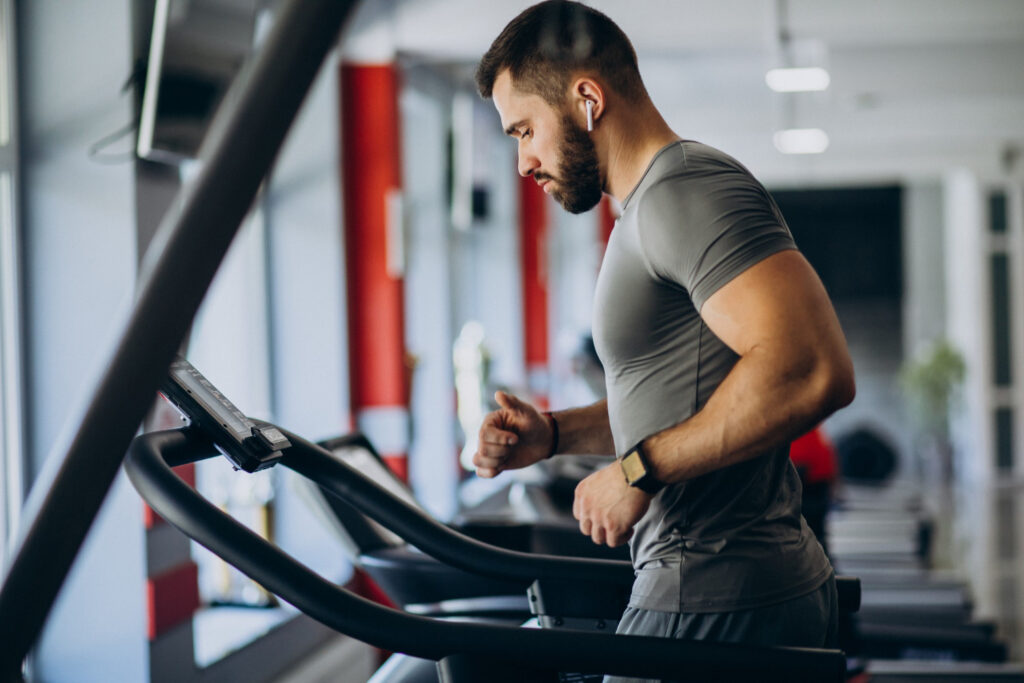
Alright, let’s get straight to the point. How many kj is a good workout? This is a question I hear a lot. It’s not just about lifting weights. It’s about knowing your stuff. I’ve seen it all in my time. From rookies to pros, everyone wants to know how to max out their workout efficiency. So, I did the homework for you. Here’s a rundown on kilojoules burned in various sweat sessions.
| Workout | Kilojoules Burned (Approx.) |
|---|---|
| Weight Lifting | 300-600 KJ |
| High-Intensity Interval Training (HIIT) | 1200-4000 KJ |
| Cardio (Running, Biking) | 800-1500 KJ |
| Swimming | 500-800 KJ |
| Yoga | 200-350 KJ |
| Pilates | 180-300 KJ |
I’ve seen firsthand how these numbers play out. Trust me, a good HIIT session can feel like it’s taking everything you’ve got. But seeing those kj numbers? It’s worth it. Whether you’re pushing iron or hitting the pavement, knowing these figures can help. You plan your routine, hit your goals, and keep on breaking them. Sure, lifting might not burn as much as a wild HIIT workout. But it’s about balance. Mix it up. Keep your body guessing. That’s how you get real results. And yeah, seeing that kj burn shoot up? That’s the cherry on top.
Conclusion
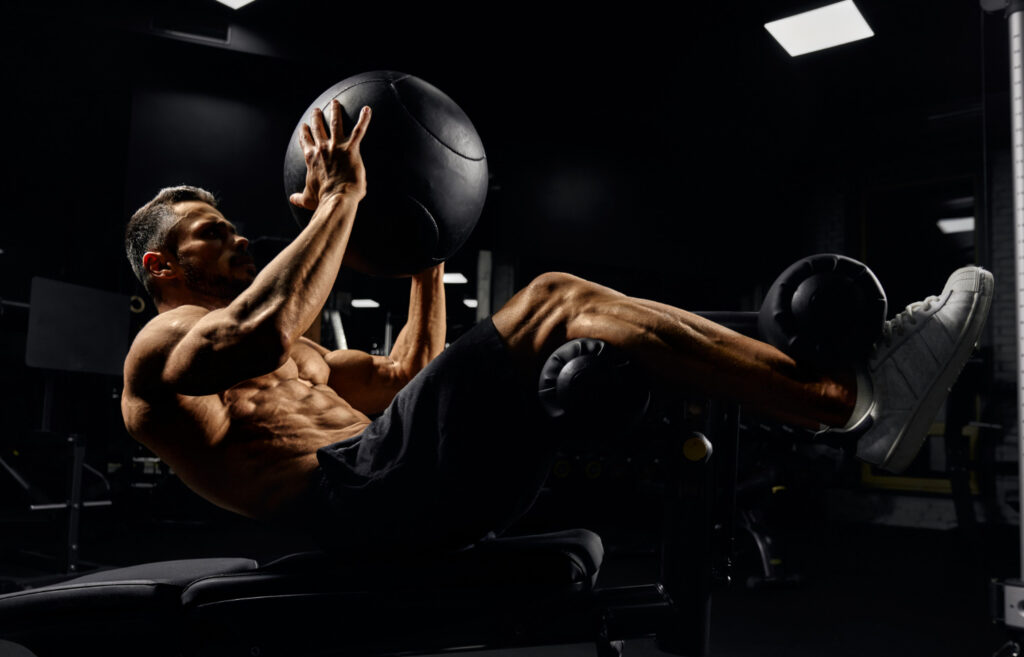
Wondering how many kj is a good workout? Keep it simple – factors like your activities, body type, age, and goals all play a part. You’ll need different amounts based on these aspects.
Using tools like calorie counters and energy expenditure charts can help you find what works for you. Plus, trying out various exercises shows what burns more energy for you. Let’s not forget food plays a big role too; balance is key.
So, did this get you thinking about your workout routine? Maybe it’s time to tweak things a bit or keep going strong if it’s working. Imagine the difference smart changes could make in reaching your fitness aims! There are heaps of resources out there to guide you further if needed.
Feeling ready to hit those workout goals now? Go out there and give it your best shot! Your future self will thank you for the effort today. And remember – every move counts towards that perfect balance of kilojoules burned for an awesome day at the gym or wherever else gets your heart racing.
FAQs
1. What’s a kilojoule and why does it matter for workouts?
A kilojoule, or KJ, measures how much energy you use up when you exercise… It’s like counting how many calories you burn, but just a different unit. Knowing about KJs helps you understand the energy your body needs and uses.
2. How many KJs should I aim to burn in a workout?
Well, this can vary… A lot depends on your weight goals and how active you are. But for an average adult looking to stay fit or lose a bit of weight, burning around 500-1000 KJs per workout session is a good start.
3. Can burning more KJs help me lose weight faster?
Yes and no… Burning more energy than you consume can lead to weight loss. However, eating less energy (or fewer kilojoules) while staying active is key. Remember, balance is important—too much of anything isn’t great.
4. Does the type of exercise change how many KJs I burn?
Absolutely! Different activities use up different amounts of energy… For example, cycling may burn more KJs compared to walking in 30 minutes because it usually takes more effort.
5. How do I know if I’m burning enough KJs each day?
Firstly, think about your daily functions and any extra exercise strenuously done—this all adds up! An accredited practising dietitian or fitness app could provide estimates for your daily needs based on your ideal body weight and activity level.
6. Is there an easy way to track the kilojoules I burn?
Sure thing! Many apps let you input your body weight and the type of activity to estimate how many kilojoules (or calories) you’ve burned… Plus wearing gadgets that track movement during the day can give insights into your total daily expenditure.

Author
Years ago, the spark of my life’s passion ignited in my mind the moment I stepped into the local gym for the first time. The inaugural bead of perspiration, the initial endeavor, the very first surge of endorphins, and a sense of pride that washed over me post-workout marked the beginning of my deep-seated interest in strength sports, fitness, and sports nutrition. This very curiosity blossomed rapidly into a profound fascination, propelling me to earn a Master’s degree in Physical Education from the Academy of Physical Education in Krakow, followed by a Sports Manager diploma from the Jagiellonian University. My journey of growth led me to gain more specialized qualifications, such as being a certified personal trainer with a focus on sports dietetics, a lifeguard, and an instructor for wellness and corrective gymnastics. Theoretical knowledge paired seamlessly with practical experience, reinforcing my belief that the transformation of individuals under my guidance was also a reflection of my personal growth. This belief holds true even today. Each day, I strive to push the boundaries and explore new realms. These realms gently elevate me to greater heights. The unique combination of passion for my field and the continuous quest for growth fuels my drive to break new ground.

